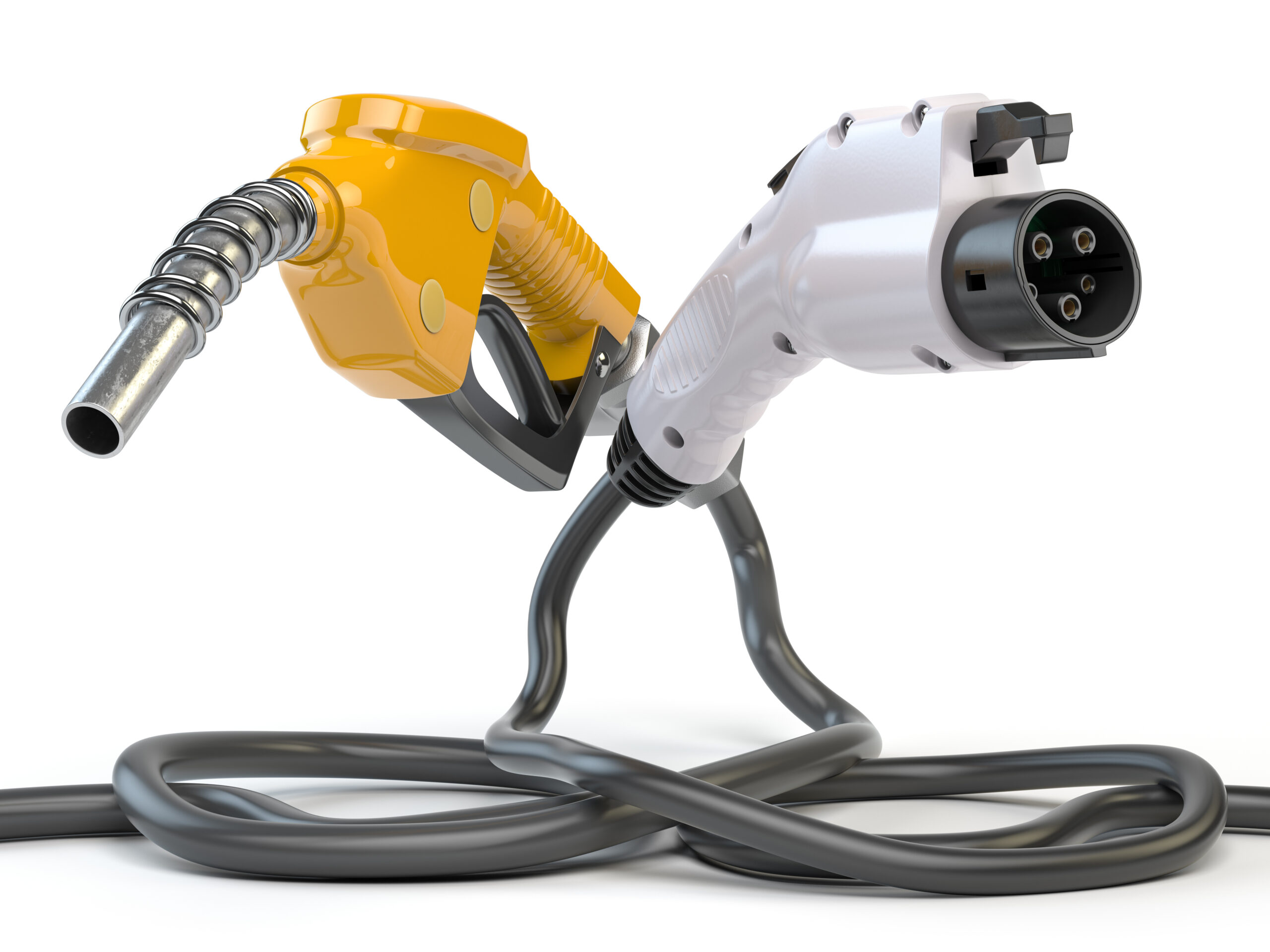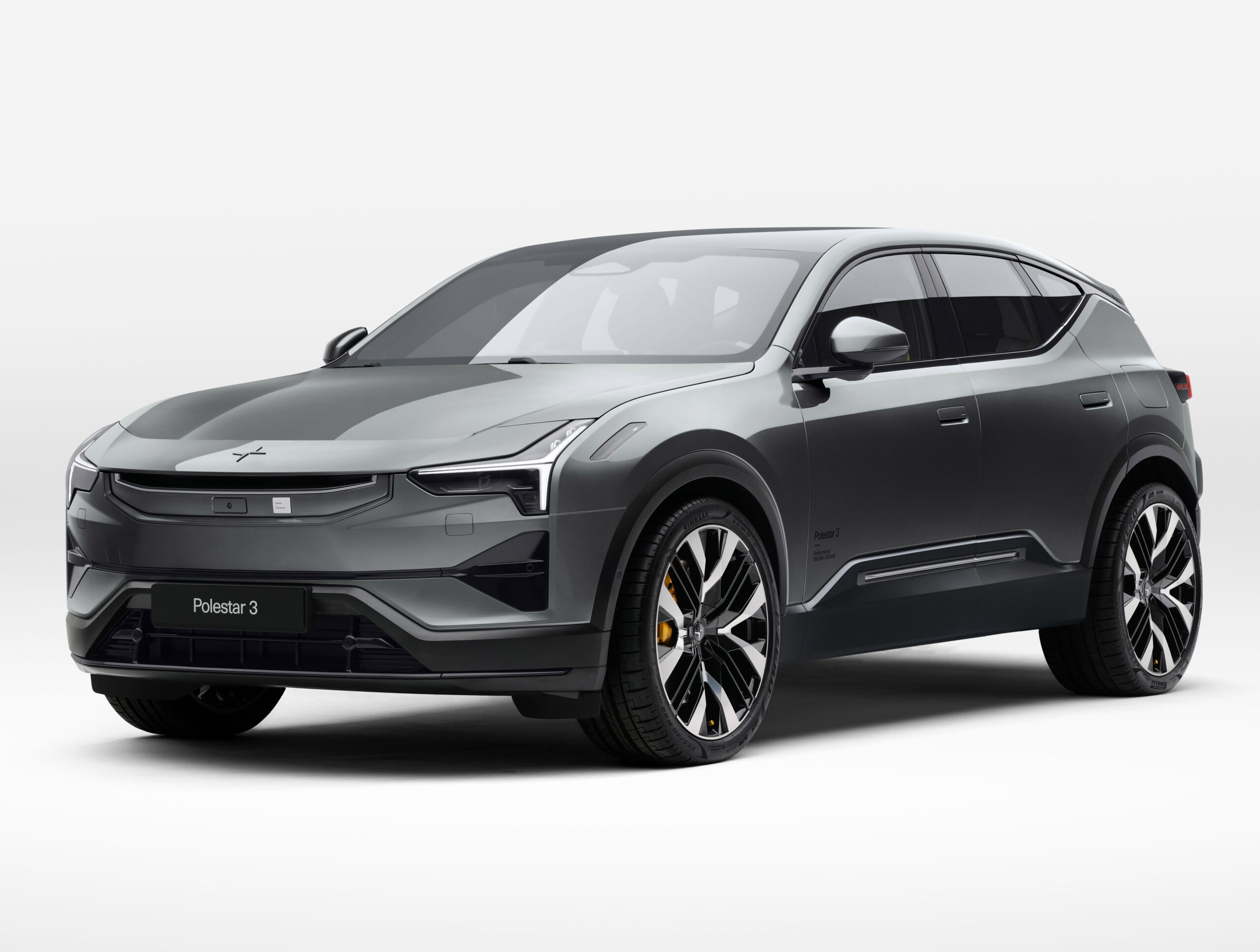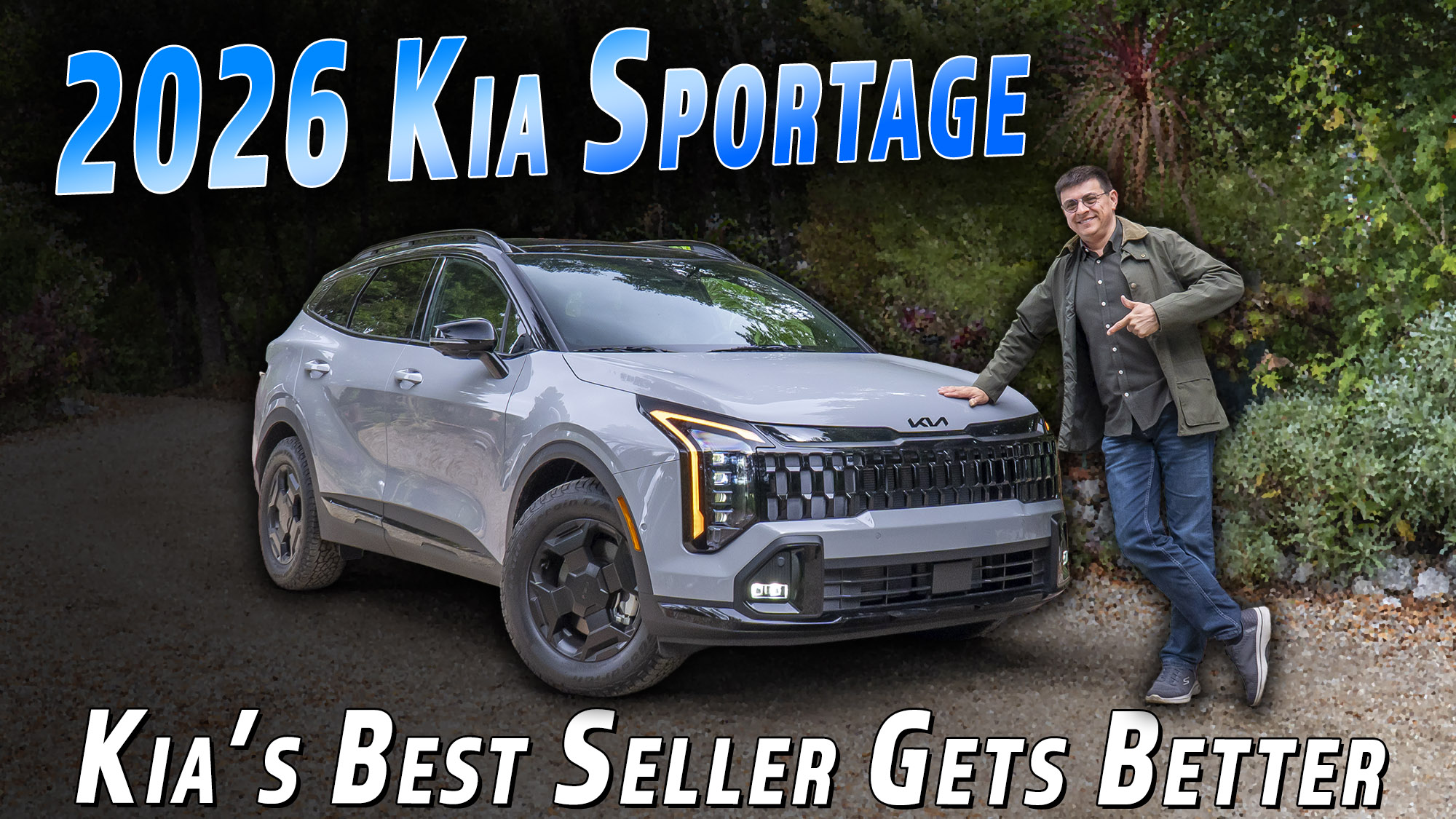

The 2022 Hyundai Elantra N (DCT) is the third model in the Korean carmaker’s conquest to become a leader in affordable performance. Albert Biermann, the man previously at the helm of BMW’s M division, came to Korea and injected the lineup with some personality. Then, he took it a step further by introducing the i30 N in Europe and the Veloster N here in North America. Those cars initiated the N sub-brand, which stands for Namyang (the location of Hyundai’s R&D center) and Nürburgring (the world-famous race course where the cars are developed). Now, here in North America we have the Veloster, Kona and Elantra N. Unfortunately, news recently broke that 2022 will be the last year for the Veloster N as the company makes more room for Elantra and Kona production. It probably doesn’t help that they couldn’t sell more than 200 of them a month. The Elantra N, luckily, is absolutely a worthy flag-bearer and is, in my opinion, the best N car Biermann has created so far.
When considering the three main Elantra design themes, the Elantra N certainly has the most aggressive treatment. Goldilocks would probably say that the standard Elantra is a little too cold, while the N is a little too hot. She would likely find the Elantra N-Line to be just right, and I would have to agree. It has a great front end design that is sporty without going so far as blacking out the entire face like the N model here does. I honestly did not like the look when it first came out in photos, but in person and at certain angles it actually doesn’t look that bad. Get one in dark blue or black if it really bothers you. Buy one and DIY paint it yourself if you have to.
I appreciate that, unlike the N-Line and standard Elantra, Hyundai gave the treatment around the windows and on the rear accent blade a gloss black finish instead of matte black. It looks great in the sunlight and accentuates the contrast with the white paint my tester had. The head- and taillights also receive a smoky finish which is very attractive to my eyes. The rear end of the car is my favorite angle with its full-width accent light that makes a super-wide H and the aggressive diffuser that houses the massive dual exhaust pipes. The spoiler is also a tasteful size, something its competitors could take a hint from. Overall, I love the foundations of the current Elantra’s design, and the various N upgrades make it look even cooler.
The interior of the Elantra N shares a lot with the other Elantra models. One surprising omission, however, is the drive mode selector button you’ll find in N-Line models to the left of the digital gauge cluster. That, to me, feels like it would be more fitting in the N than the N-Line, but here we are with it located in a more boring spot near the shifter. Nevertheless, my affection for the Elantra’s interior remains intact here thanks to the high-tech look of the dual-screen infotainment setup. The digital gauge cluster is not very customizable, but the N mode’s screen has a sweet animation with flames and drama to remind you of the driving experience you’re about to have. The driver-focused cockpit with its “oh sh*t” grab handle feels appropriately sporty for the kind of car this is. The steering wheel, a commonality between all N models, is the highest quality component of the entire interior. It is sporty, wrapped in soft leather, looks fantastic, and has the buttons all in the right place. Getting the DCT means you also get paddle shifters and the red “NGS” button which activates “N Grin Shift” for 10 seconds over overboost.
Another feature exclusive to the DCT is the standard-size moonroof. You can’t get one on the Kona N or Veloster N, but you also can’t get one on the manual Elantra N. I do not understand what would have led to that product planning decision, but I am living proof that people who can row their own gears also like moonroofs. Let’s fix that, Hyundai! The rest of the interior could also use some lighter colors or contrast of some degree, too. The grab handle I mentioned deserves the same light grey treatment that Elantra Limited models get. The seats deserve red stitching or lighter suede inserts. Something could be done to lighten it up in here and make it a more inviting place to be. It’s a good thing the back seat is cavernous and accommodating. If you want to haul passengers in your N, the Elantra is the best of the group for that by a long shot.
Just like the other Hyundai N models, under the hood you’ll find a 2.0L turbocharged 4-cylinder that puts out 276 horsepower and 289 lb.-ft. of torque. There are two transmission choices: a six-speed manual transmission with automatic rev-matching for downshifts, as well as a new eight-speed wet dual-clutch automatic transmission. Both transmissions were developed in-house by Hyundai. What’s the benefit of it being a “wet” transmission? They say it’s for better longevity as well as more aggressive shifting, which is exactly what you will experience in this car. The only wheels that are ever powered in any N car are the front wheels. Official 0-60 mph times are nearly a second faster with the automatic.

If you opt for the DCT transmission like my tester had, Hyundai throws in an over-boost feature (among other gimmicky performance functions like “N Power Shift” and “N Track Sense”) called “N Grin Shift”. Pushing the giant red button on steering wheel that says “NGS” will initiate the boost which lasts for 20 seconds and gives you ten extra horsepower. The difference in acceleration is not noticeable and did not yield a faster 0-60 time in my testing (though I was not on a proper closed-course track or drag strip), but there is some more audible and tangible drama to the experience.
The Elantra N drives like a far more expensive car than it is. That’s before you even put it in N mode and let it rip. The chassis is stiff and feels sophisticated, the ride quality is more compliant and smoother than anything else at this price point. When comparing it to my car with its shorter wheelbase, I admit I expected it to feel noticeably more stable out on the highway, but they are both equally good in that environment. Hyundai’s N division produces vehicles that make you forget about the price tag. The interior is two steps above the Kona and Veloster N’s, but the best part about all of them is the steering wheel. It is small, sporty, and has all of the buttons right where you need them. The paddles shifters, though not column-mounted, do react quickly to your input and are worth using if you still enjoy choosing you own gears. Upshifts are a tiny bit faster than downshifts.
Putting the car in N mode turns the suspension, exhaust, throttle response, steering feel/weight, and acceleration up to 100%. As other journalists have pointed out, the DCT does not have as loud of an exhaust as the manual cars, though there is an extra zinger thrown in there that the manuals don’t emit during transmission shifts. The sounds is reminiscent of a fart, but it is an entertaining sound nonetheless. As with the Veloster, this setting strips the suspension of a majority of its travel and cushioning, but to me it makes the experience hilarious and puts a smile on my face. It is meant for track duty, but if you’re in the mood it can be quite the entertaining drive. I wouldn’t change a thing about it, and luckily Hyundai didn’t heed the advice of journalists who criticized it in early prototypes. Comparing the suspension feel to the Veloster’s actually yields something of a surprise. In N mode, the Elantra is actually slightly softer, but in normal modes (Normal, Eco, Sport) it feels a tad firmer. Go figure.
The beauty of this car is how customizable it is. In ‘N Custom’ mode, the aforementioned characteristics of the car can be adjusted independently. I like to reduce the weight of the steering but keep the exhaust and throttle response sharp, for example. It is a poor man’s M or AMG, through and through. The limited slip differential and aggressive performance tires (245mm Michelin Pilot Sport 4S) keep the car anchored to the pavement like a ship over a harbor in rough waves. Grip is never-ending, and you never feel like it needs all-wheel-drive. Long story short, this is the most engaging to drive out of all of the current hot hatches and sedans out there, bar none. You will feel like you’re driving a far more expensive car thanks to the byproducts of more intense chassis tuning and the hyper-focused driving dynamics.
Getting into an Elantra N requires manual-transmission experience, though not necessarily expertise. With my Veloster N, I’ve learned that Hyundai’s N manual transmission is super easy to operate with a usable clutch that won’t abuse your left leg in stop and go traffic. The auto rev-matched downshifts take the stress out of city driving and make it easy to choose the stick as a daily driver. However, this DCT is probably the better car. In fact, it definitely is. Adding $1,500 to the $32,150 base price gets you a transmission that is as good, if not better than Volkswagen’s DSG dual-clutch automatic. It will also get you a sunroof and a ton of extra performance software goodies. The exhaust note isn’t as loud as the manual’s, but it still makes wonderful noises that will put a smile on your face with every gear shift. That’s if you aren’t already smiling from how fun the Elantra N is to drive.
Compared to other sedans in this niche, the Elantra actually doesn’t have the most divisive design (that title goes to the new Subaru WRX). Price-wise, a Volkswagen Jetta GLI undercuts it by about a grand but also makes almost 50 fewer horsepower. The WRX costs even less at just below 30 large and has AWD, but does it drive as well and is it as fun? It’s likely a close match, but the Elantra will beat it in a straight line and make much more exciting and giggle-inducing sounds. Plus, in order to get the most out of a WRX, you have to spend over 40 grand to get a GT model with the “Subaru Performance Transmission”, a.k.a. a CVT. The 8-speed wet dual-clutch in the Elantra is the superior transmission in just about every way except fuel economy. This is not exactly the Elantra’s forte, as I was only able to manage around 21 mpg combined in my 40 mile mixed driving test loop. The manual Elantra N should do a little better in that area, in case you were wondering.
Ultimately, that’s a sacrifice I believe those shopping in this category should be willing to overlook. The DCT transforms this car into an AMG-lite. It makes an already compelling affordable sports car the most exciting one in the class. It is a worthy flag-bearer for the late Veloster N that I have driven as my daily for over three years now, and will leave a lasting legacy on the N brand if it is indeed the final internal-combustion N car Hyundai ever makes.



